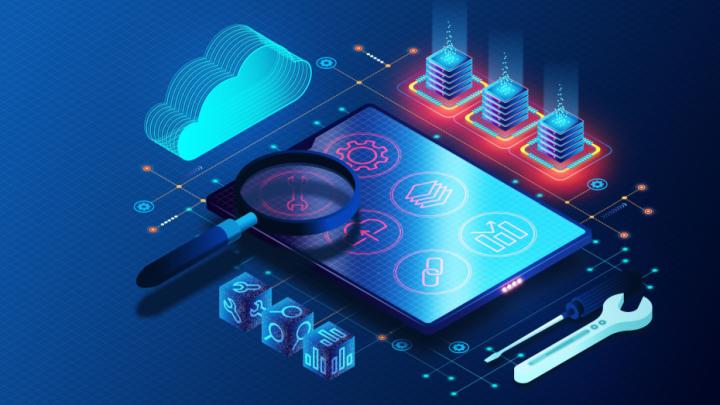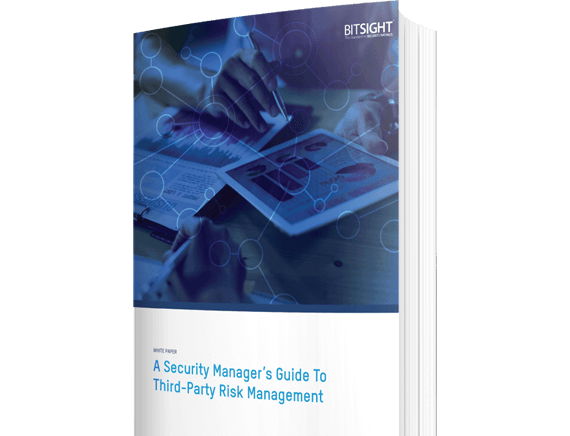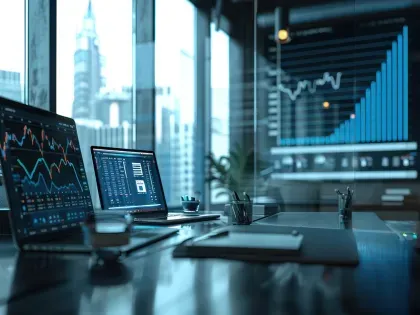How Continuous Monitoring and Continuous Security Testing Reduce Third-Party Risk

Your organization is more dependent on third parties than ever. But third parties can introduce unwanted cyber risk. According to the 2022 Verizon Data Breach Investigations Report, 62% of network intrusions originate with a third-party.
Also problematic is the fact that third-party cyber risk grows commensurate with the number of suppliers your organization works with – and that can be a big number. The average business works with more than 1,000 suppliers. In the tech sector – companies at the heart of the software supply chain – that number grows to 7,000+.
But you can reduce the cyber risk posed by your vendors using continuous monitoring and continuous security testing technology to shine a light on security vulnerabilities in your supply chain.
Let’s look at both practices, how they’re different, and the concerning trends they can expose.
1. Continuous monitoring: move beyond point-in-time assessments
One of the most effective ways to manage the risk introduced to your network through third parties is by continuously monitoring your vendor ecosystem for any new vulnerabilities or deviations from pre-agreed security standards.
What is continuous monitoring?
Continuous monitoring leverages powerful data analysis technology to keep a finger on the pulse of your vendors’ changing security postures. Instead of relying on point-in-time, subjective security assessments and questionnaires, with continuous monitoring you can ensure vendors maintain good security practices from onboarding and for the life of the contract.
With continuous monitoring as part of your third-party risk management program, you can:
- Gain visibility into a potential vendor’s security posture, before the contract is signed. More than 80% of third-party risks are identified after initial on-boarding, suggesting traditional risk management assessments are ineffective. Continuous monitoring allows you to discover risk during the due diligence phase so you can quickly and confidently ensure new vendors are within your organization's risk tolerance.
- View a vendor’s historical security performance. A supplier might have had no cybersecurity incidents over the past year, but what if they had suffered multiple major breaches in the five years prior?
- Accelerate your onboarding process. Cut down on the time it takes to onboard partners from months to weeks or even days. You can also easily scale your program with smart tiering recommendations.
- Monitor vendor security through the entire lifecycle. Track your vendors’ security performance throughout the life of their contracts and get real-time updates when threats and anomalies in their infrastructures are discovered, including botnet infections, compromised systems, poor patching cadence, and insecure ports.
- Make risk management a collaborative process. Give your business partners and vendors access to your findings so they can understand and remediate risks.
2. Continuous security testing: keep a pulse on vendor software code
Under pressure to deliver software and applications faster using a continuous integration/continuous deployment (CI/CD) process, your vendors may skip important quality assurance and security checks that monitor for software vulnerabilities and bugs.
These checks aren’t just good practice. They help companies build trust with their partners and avoid potential regulatory fines.
What is continuous security testing?
Continuous security testing (aka DevSecOps) is an approach to security performance management that continually and automatically checks software code for security issues. This lets you respond to vulnerabilities and security gaps before releasing a new product update or waiting for the result of a monthly or annual penetration test.
When applied to your third parties – particularly technology vendors – continuous security testing lets you:
- Discover vulnerabilities in your vendor’s products. Vulnerabilities such as the ones that aided software supply chain hacks such as the Kaseya ransomware attack, SolarWinds hack, and others.
- Go beyond costly and infrequent penetration testing. While these tests can uncover security gaps, relying on tests that are performed intermittently is risky.
- Take proactive action. Notify your vendors so they can quickly remediate the issue before a threat actor exploits the flaw.
Continuous security testing should always be a priority for technology developers. But now you can validate that every piece of product code in your software supply chain is free of vulnerabilities.
Protect your organization from supply chain attacks
Continuous monitoring and continuous security testing are key to mitigating risk posed by your third parties. Both are highly effective strategies that can help fortify your organization and protect the software supply chain as a whole.



